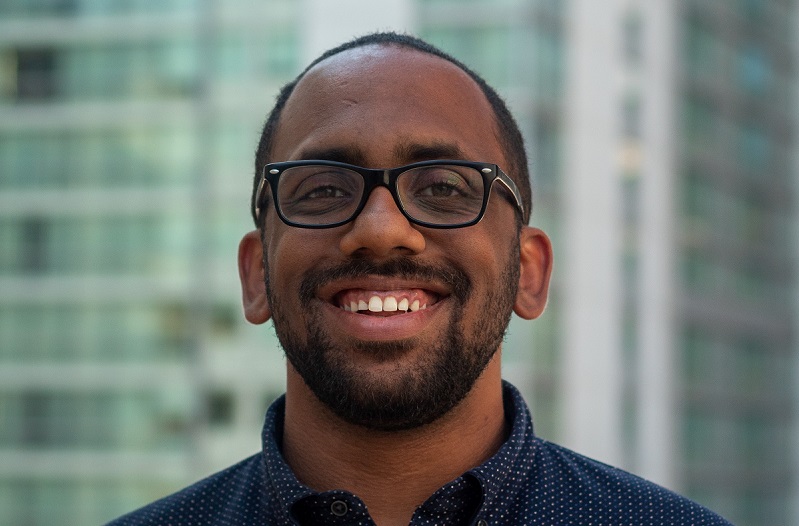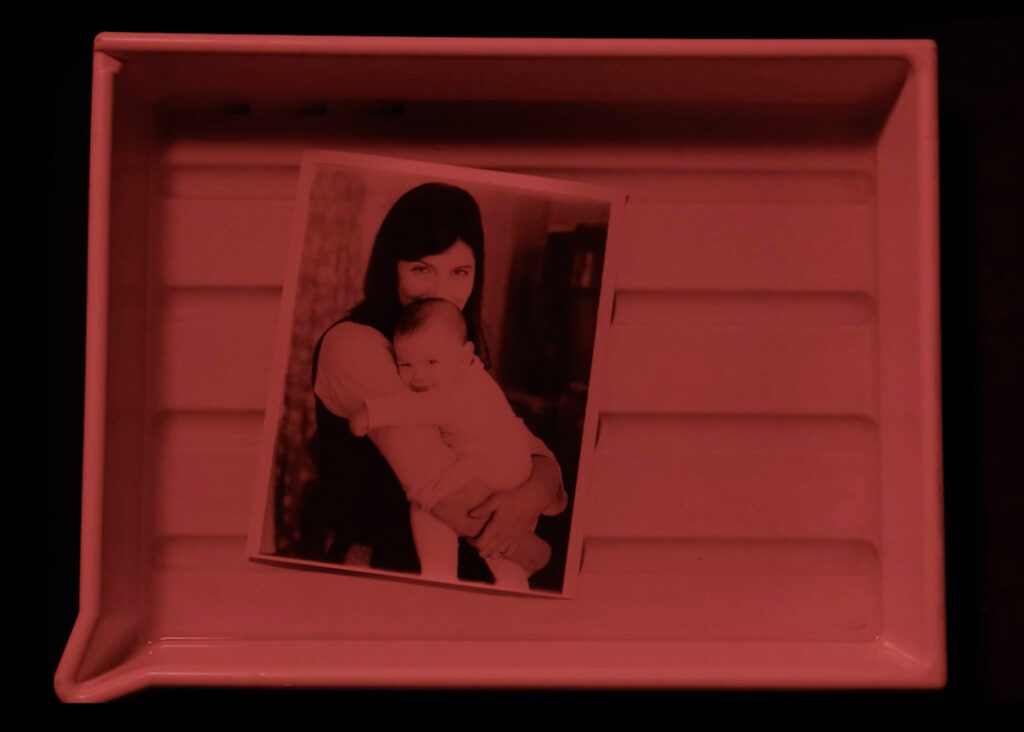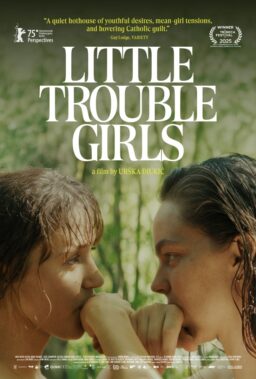Like many festivals and observers, True/False, the preeminent nonfiction film festival in Columbia, Missouri, has had displacement on its mind while considering a central question: How do we hold onto what once was? For many filmmakers, the preservation of memories, homes, and legacies begins by picking up a camera. Film is often a peculiar tool in that regard: It’s a medium that is very vulnerable to erasure and destruction yet is imperatively holistic in its sturdy capturing of both sight and sound. It’s therefore been thought provoking to see the many routes creatives have taken with the medium to recall, replace, or retool what seems permanently lost. Here are three films from True/False working through that artistic anguish.
To merely call Rachel Elizabeth Seed’s autobiographical directorial debut “A Photographic Memory” personal would be a cruel understatement. Seed’s mother, famed journalist and photographer Sheila Turner-Seed, passed away when the director was just 18 months old. Seed has spent over a decade swimming through the only fragments of her mom: the wealth of photographs and home movies her mother either shot or appears in, and the groundbreaking interviews she conducted with the mid century’s greatest photographers for the series “Images of Man.” In her pursuit of a composite recollection, Seed’s elusive film is a haunting portrait—nimble in execution and startling in its poignancy—that introduces her mother to a new generation.
Seed provides a necessary biography to ground her mom’s achievements: Her Jewish family hails from Chicago, where Seed struggled with balancing the expectations for the women of her generation (immediately agreeing to marriage) and the desire to explore and capture the major events of the world. Seed eventually found her way to New York City where she became employed by Scholastic Scope, covering incidents like Gamal Abdel Nasser’s funeral through her writing and photography, before eventually marrying fellow photographer Brian Seed and passing away at the age of 42. During that time, for the International Center for Photography, she began “Images of Man,” where she interviewed Gordon Parks, Henri Cartier-Bresson, W. Eugene Smith, Lisette Model, and more. It’s that massive project that becomes the director’s focal point, utilizing the rediscovered audio of her mother’s recorded interviews to reconstruct her imperative work.
Normally, I’m not a fan of recreations: But these black and white shot scenes are so well conceived, relying on oblique angles and a shallow focus, that you can barely tell they are reenactments. Given the length of time it took for Seed to complete the film it’s also enriching to see her on this journey as she works through her own life events. In a lesser director’s hands, “A Photographic Memory” could easily slip into being navel gazing. But under the capable Seed’s watch, culminating in an eerily soul-stirring final grace note, the swift film finds an intuitive equilibrium between the impulse to hold on and the desire to grasp the past in the hopes of reaching the future.

For thirty-two years, the Republic of Artsakh, a tiny country in the South Caucasus, flourished under its own flag before falling to invasion by Azerbaijan, forcing its inhabitants to be displaced mostly in its welcoming neighbor Armenia. Director Emily Mkrtichian’s “There Was, There Was Not,” a documentary whose name derives from how Armenian fairy tales begin, recalls the country’s idyllic scenes before invasion and the destruction that occurred thereafter through the eyes of four women.
Mkrtichian has an intriguing quartet of subjects: Sose Balasanyan is a soft-hearted Judo instructor and world-class competitor; the undeterred Siranush Sargsyan is running for public office in a male dominated political field. While supporting her three daughters, the fearless Sveta Harutunyan defuses landmines littered across the countryside from the previous war; Gayane Hambardzumyan works at a Women’s Center she founded to help heal the scars of abuse. Scenes featuring Sose’s adorable grandmother give the first half of the film a lightness; as do seeing these women living empowering professional lives. That gaiety crumbles in the second half, as missiles shatter the ground and the skies are lit by ammunition. Each woman loses something, only granted a shell of a new life to replace their now destroyed homes.
Sometimes the editing between women is too choppy, as though Mkrtichian is conscious of giving each woman an equal amount of screen time. With that in mind, I wish we spent more time with Sose: She experiences the sharpest decline, eventually granting rote militaristic quotes about reclaiming her homeland. It would be wonderful to have more than those short, curt reactions (some of that briefness, to be fair, could stem from the limits of Sose recording from the front lines). Still, as a record of the psychological traumas and emotional hurts war and displacement can instigate, giving us a kind of before-and-after picture, “There Was, There Was Not” is a powerful tribute to a former country, and a frustrating illustration of a people’s dream turned nightmare.
It was only a couple of weeks ago while at the Berlin International Film Festival that I watched “No Other Land,” an aching, unforgettable film from an Israeli-Palestinian collective about the displacement of a Palestinian village. At True/False is another work about Palestinian displacement, which like “A Photographic Memory,” sees a filmmaker taking the images shot by their parent to recollect a somewhat fuzzy, tragic childhood.

Yousef Srouji’s “Three Promises” is a harrowing labor of recollection: It takes place over the courts of a year, from 2000 through 2001, with Israeli forces retaliating due to the second intifada (“uprising”) in the West Bank. Srouji and his sister were just kids when the bombing began. Before long, his parents gathered up some belongings and ventured down to the basement for a modicum of protection. During that time, Srouji’s mother, Suha Srouji, filmed everything from her children’s distress to the ways their life were turned upside down by the conflict. Through each brush with death, which appears to approach nearer and nearer, Srouji’s mom makes three separate promises to God that if the family survives the next surge, the family will depart from Palestine. But the love for her homeland is too strong, and each time she goes back on those deals with Gods until there is no turning back.
Srouji uses his mother’s footage to craft a compact 61-minute piece that says much about the difficult strain placed on children during war: It’s telling how Srouji and his sister protect each other, becoming increasingly aware of the oncoming danger even as they keep shards of their kidlike wonder somewhat intact. It’s also fascinating how the camera becomes a coping mechanism for Srouji’s mother, as though if she can only capture these moments then they’ll provide a semblance of normalcy later. Looking back on the footage, however, the only normalcy is how commonplace images of children affected by conflict have become as the genocide in Gaza rages on.












